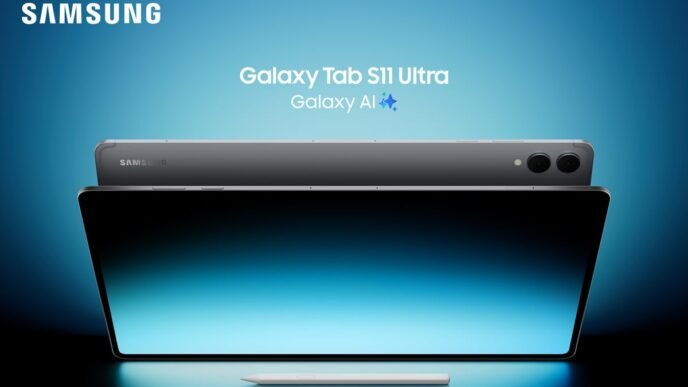Charging Hacking 2025, also called Juice Jacking, is a growing cyber threat targeting mobile users. As we become increasingly dependent on smartphones for work, communication, travel and payments, the risks also increase. Through manipulated USB cables and public charging stations Hackers can hijack your phone, install malware, steal data, or even lock it with ransomware.
What is charging hacking 2025?
Charging hacking occurs when a mobile phone is plugged into a tampered USB port or cable in public places, such as airports, hotels, shopping malls or cafes. The attacker can secretly access sensitive information such as contacts, photos, emails and passwords – without the user notice something.
According to Adam Marrè, Chief Information Security Officer at Arctic Wolf and former FBI agent, hackers can also install spyware that monitors the mobile phone in real time. The FBI and several cybersecurity agencies in the US have warned about Juice Jacking in public environments source: FBI.gov.
How big is the risk?
Today, charging hacking is primarily considered a technically possible but still relatively uncommon threatBut experts warn that it could quickly become more concrete in pace with attack techniques becoming easier and cheaper to carry out. What previously required advanced equipment can now be done with manipulated cables that are easily purchased online.
– We still see charging hacking as a theoretical but technically possible threat that everyone should be aware of. While it is not widespread today, it could quickly become a concrete problem in the future, says Adam Marrè.
Given how quickly the threat landscape changes, it is important that both organizations and private individuals are already aware of the risks. Same as ransomware (read more in our article about Ransomware 2025) evolved from a niche attack to a global threat, charging hacking could become a new attack vector against mobile users.
How to protect yourself against charging hacking in 2025
There are several simple but effective measures to reduce the risk of being affected:
- Use USB cables that only provide power and does not allow data transfer. So-called data blockers can also protect by blocking data but allow power.
- Bring a power bank and charge your mobile phone via your own deviceThis is the safest option when traveling or in places where you can't trust the infrastructure.
- Use a wall charger and your own power outlet instead of public charging stations. Even in hotels, it is better to plug your own adapter into a wall socket than to use fixed USB ports.
- Avoid public cablesAlways use your own chargers and cables, as tampered cables can carry malicious code that is automatically installed when the phone is connected.
- Be alert to warnings. Modern phones often display messages about data transfer via USB. Take these seriously and cancel the connection if you did not initiate the transfer yourself.
Another tip is to activate advanced security settings on your mobile phone, such as biometric locking, multi-factor authentication and encryption of sensitive appsThis makes it more difficult for an attacker to access information even about an attack succeed.
Charging hacking and the future of mobile threats
Charging hacking in 2025 is not yet equal common as phishing or ransomware, but it clearly shows how the threat landscape is broadening. As more and more services and payment solutions move to mobile, these are becoming attacks more attractive to cybercriminals.
A attackers who manage to install ransomware via Juice Jacking can demand ransoms or use stolen data for identity theft. Similarly, corporate mobile devices can become targets where confidential information is at risk of being leaked. For companies, this not only poses financial risks but also legal consequences linked to GDPR and DORA regulations within EU.
Additionally, the threat increases as we move more globally. When traveling in countries with weaker cybersecurity infrastructure, public charging stations can pose a greater risk than at home. Therefore, it becomes extra important to bring your own charging solutions and to train staff in preventive routines.
Conclusion
Charging Hacking 2025 is a reminder that even simple everyday situations – like charging your phone – can pose risks. By being aware of the threat and using safe routines reduce the risk considerably.
Always using your own cables, power banks and wall chargers are the most effective protections. And for organizations, charging hacking training should become part of the broader cybersecurity effort, just like incident response (read more in our article about Integrity360 DFIR 2025).
















